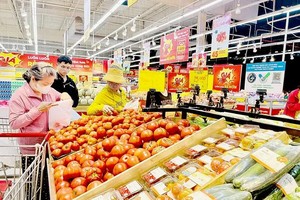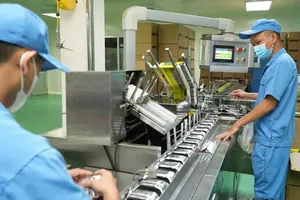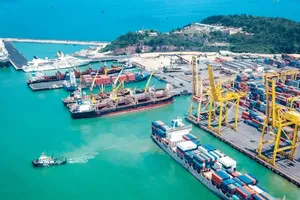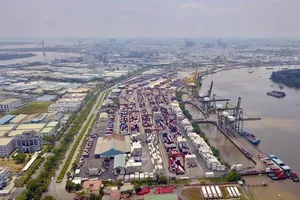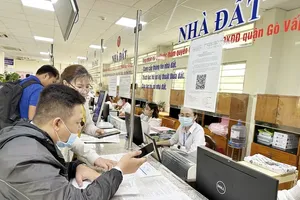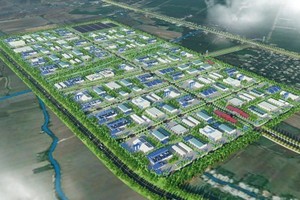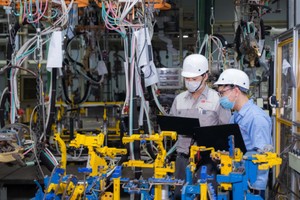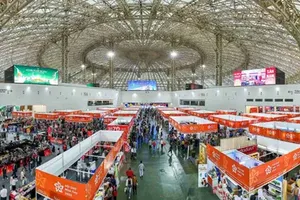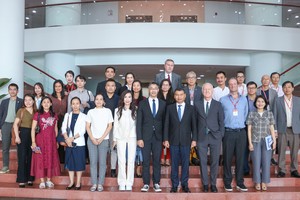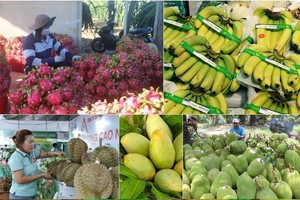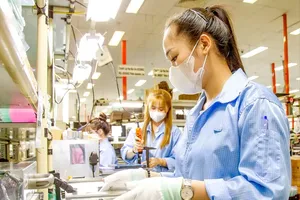Despite concerted efforts to produce various types of medicines, Vietnam’s pharmaceutical firms still struggle to overtake foreign competitors due to their strong dependence on imported ingredients.

“We are focusing solely on making common medicines, while overlooking producing materials. We have to import around 700 tons of vitamin C every year as none of local drug maker makes it. We also have to buy cancer treatment drugs at high prices from abroad,” said Phung Ha, head of the Chemical Department under the Ministry of Industry and Trade.
Vietnam’s pharmaceutical industry is growing at a slow pace since 90 percent of pharmaceutical materials in the country were bought from abroad, according to the World Health Organization. Most of them are vitamins and antibiotics, which mostly come from two main countries including China and India.
Depending too much on imported materials made local drug makers pay off, Ha said, adding that many enterprises have incurred losses from the stronger dollar.
While local makers can only produce common medicines, foreign pharmaceutical enterprises offer wide ranges of drugs, which are distributing to pharmacies nationwide.
With strong financial funds, they also captured lot of market shares by offering big commissions to hospitals and distributors and carrying out many marketing packs.
Analysts estimate foreign giants including Zuellig Pharma, Mega Product and Diethelm make an annual revenue of up to VND1 trillion (US$50 million) in Vietnam.
“Most local pharmaceutical firms achieved the GMP [Good Manufacturing Practice] standard. However, their techniques remain low and their products are identical,” said Dr. Nguyen Hai Nam, head of the Pharmaceutical Chemistry Faculty of the Hanoi University of Pharmacy.
“For example, most drug makers produce generic drugs, which have low values. They make 69 percent out of the total amount of drugs on the market”.
Statistics from the Department of Pharmaceutical Management, under the Ministry of Health, show there are 260 different brand names for the same pain-relief medicine, 223 for the same vitamin.
Cao Minh Quang, deputy minister of health, said “researching advanced pharmaceutical technologies requires large investment funds and takes long time.”
“Therefore, the government should strongly finance local drug makers, as well as offer tax exemptions”.
There are around 178 pharmaceutical enterprises in Vietnam, and 50 percent of them gained the GMP standard.
With the population of around 86 million, the Southeast country is a potential market for both domestic and foreign drug makers.
Many international pharmaceutical giants have entered the country, including French drug maker Sanofi-Aventis, Britain’s GlaxoSmithKline, France’s second-largest drug maker Servier, the US’s Pfizer and Switzerland’s Novatis Group.
Vietnam’s pharmacy industry will continue to make an average growth rate of 25 percent per year, making revenue of nearly $2 billion and $6.1 billion in 2013 and 2019 respectively, according to the British healthcare company BMI.
